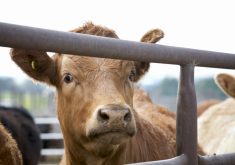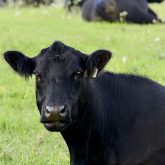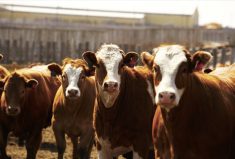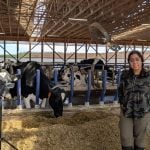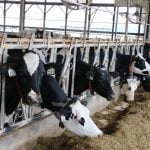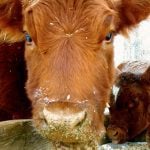A national traceability system covering the entire country would pay major benefits — but it currently has far too many gaps, says a senior traceability official.
“The creation of a system has to be national in scope,” said Rick Frederickson, director of animal welfare and national traceability initiatives with Alberta Agriculture and Forestry. “We need system consistency across jurisdictions so we can respond province to province in a larger event.”
For example, although premises identification is mandatory in Alberta, not everyone in the province is registered. And in most of the country, premises identification is voluntary. (The other provinces with mandatory registration are Manitoba, P.E.I., and Quebec.)
Read Also
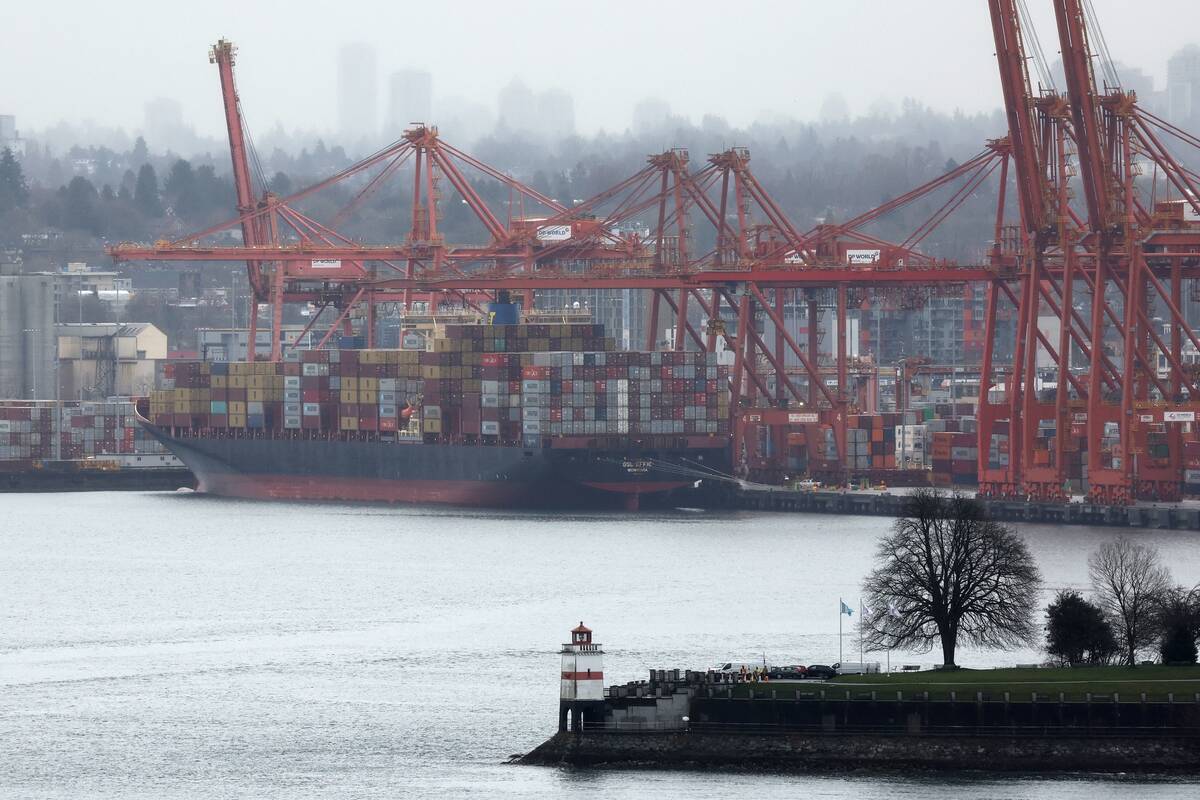
Canada needs presence to break into Asia-Pacific trade: speakers
Canada wants trade in southeast Asia, but experts say more focus, commitment and consistent presence in the ASEAN region is needed.
“If someone is not engaged in being part of the traceability system, we don’t know they are there,” Frederickson said at the Canadian Cattle Identification Agency’s recent Traceability Symposium. “And subsequently, we’re not able to react on their behalf as perfectly as we might.”
A national system has been slow to develop because of the diversity of animal agriculture and regulatory differences between provinces.
But it’s worth the effort, said Frederickson, because a robust national system would allow a disease outbreak to be controlled more quickly, protect public health, reduce the impacts of zoonotic diseases, and enhance food safety. It would also have economic benefits.
“Trading partners are looking for traceability systems and consumers are looking for source verification,” he said. “There are all kinds of drivers that come into play right now… It’s important for us to have the mechanisms in place if there are other countries looking for evidence of traceability systems. If we need to respond to get back into markets, it’s critical for us as a province.”
On the flip side, a national system offers better protection from foreign animal diseases, which are an increased risk because of globalization and the speed with which a disease can travel from one country to another.
“It’s about risk recognition, risk mitigation, and our response capacity,” said Frederickson.
The premises identification system was used to get an early warning out to livestock owners during the Slave Lake and Fort McMurray fires as well as in flood events and an oil pipeline leak on the Red Deer River.
Alberta needs to make the information in the premise identification system more current and track changes in ownership, he said. Mapping capability and the ability to query the system and determine species and species at risk is also desirable.
A national traceability system will not be a reality before 2018, Frederickson said.






